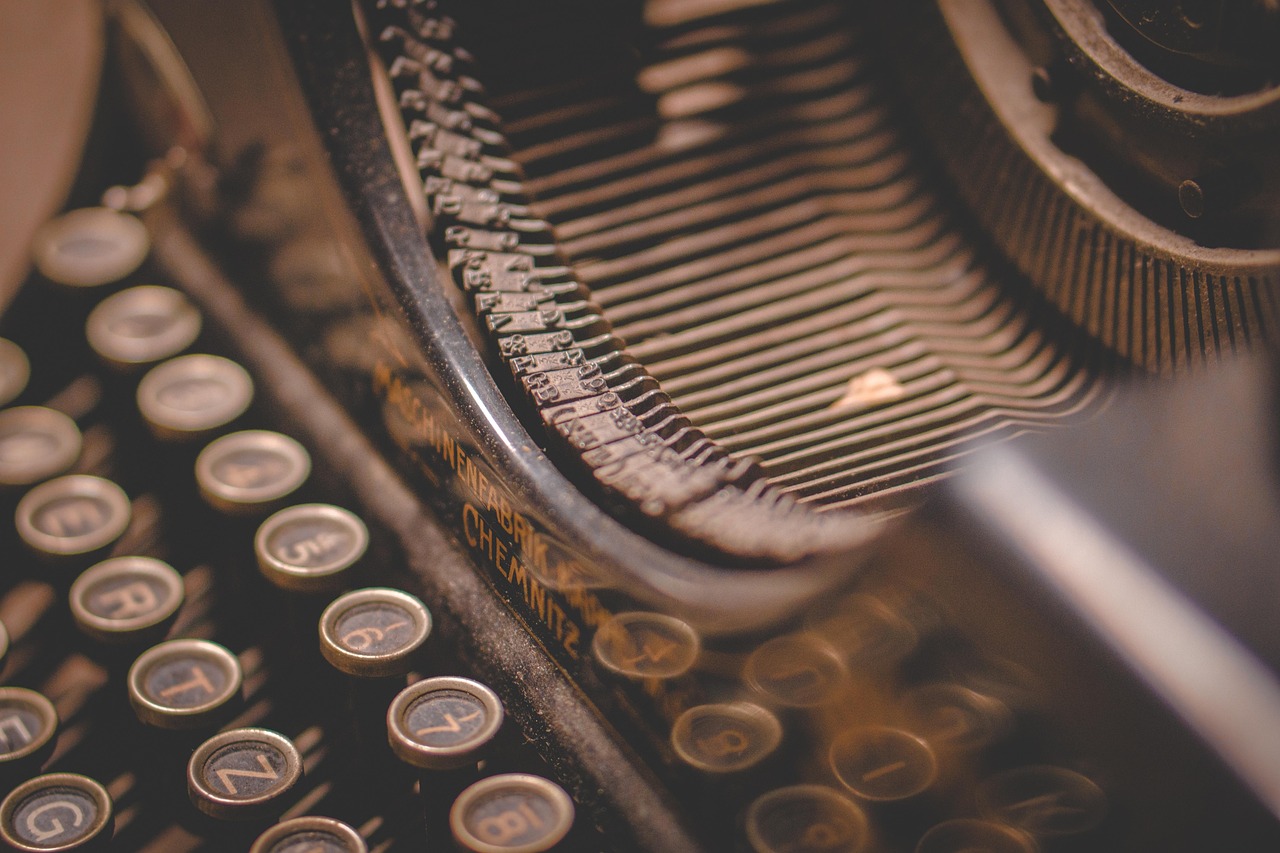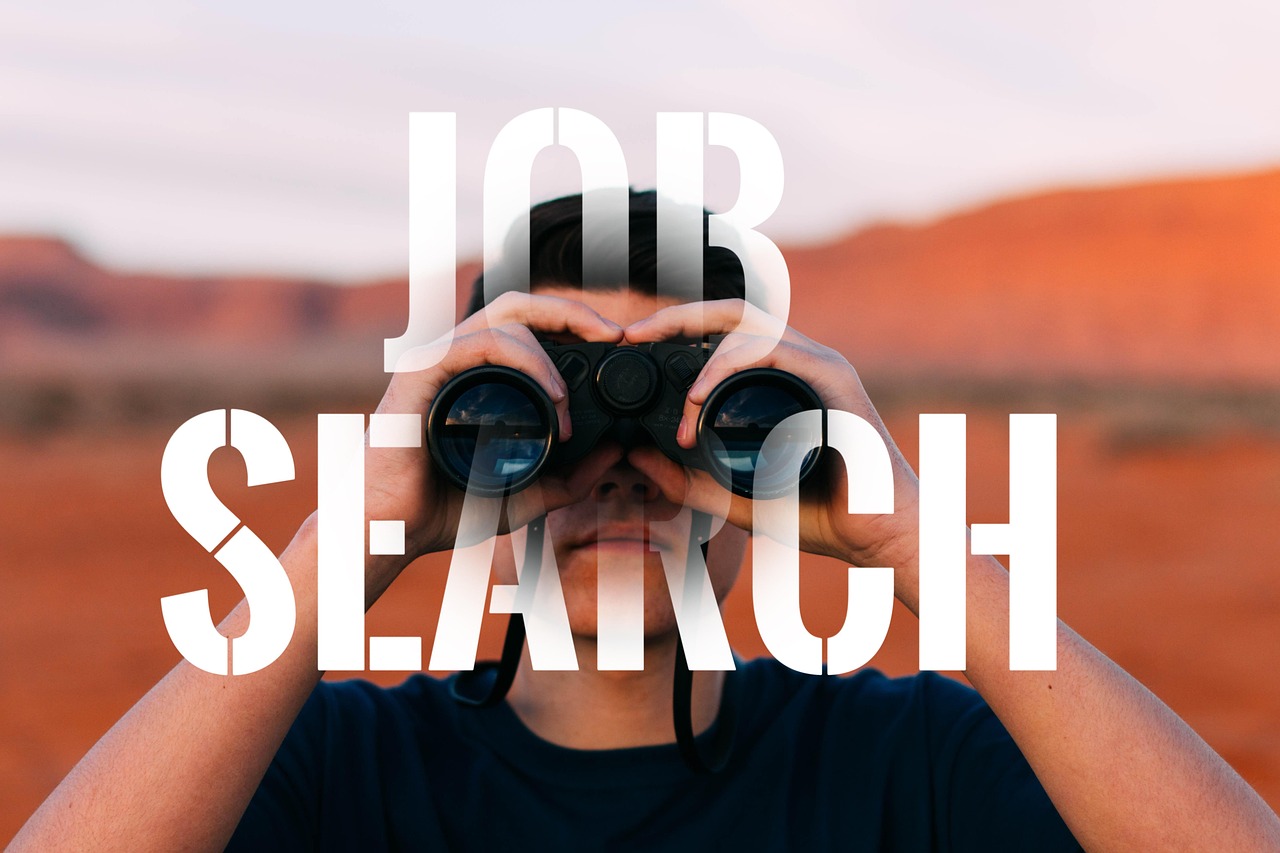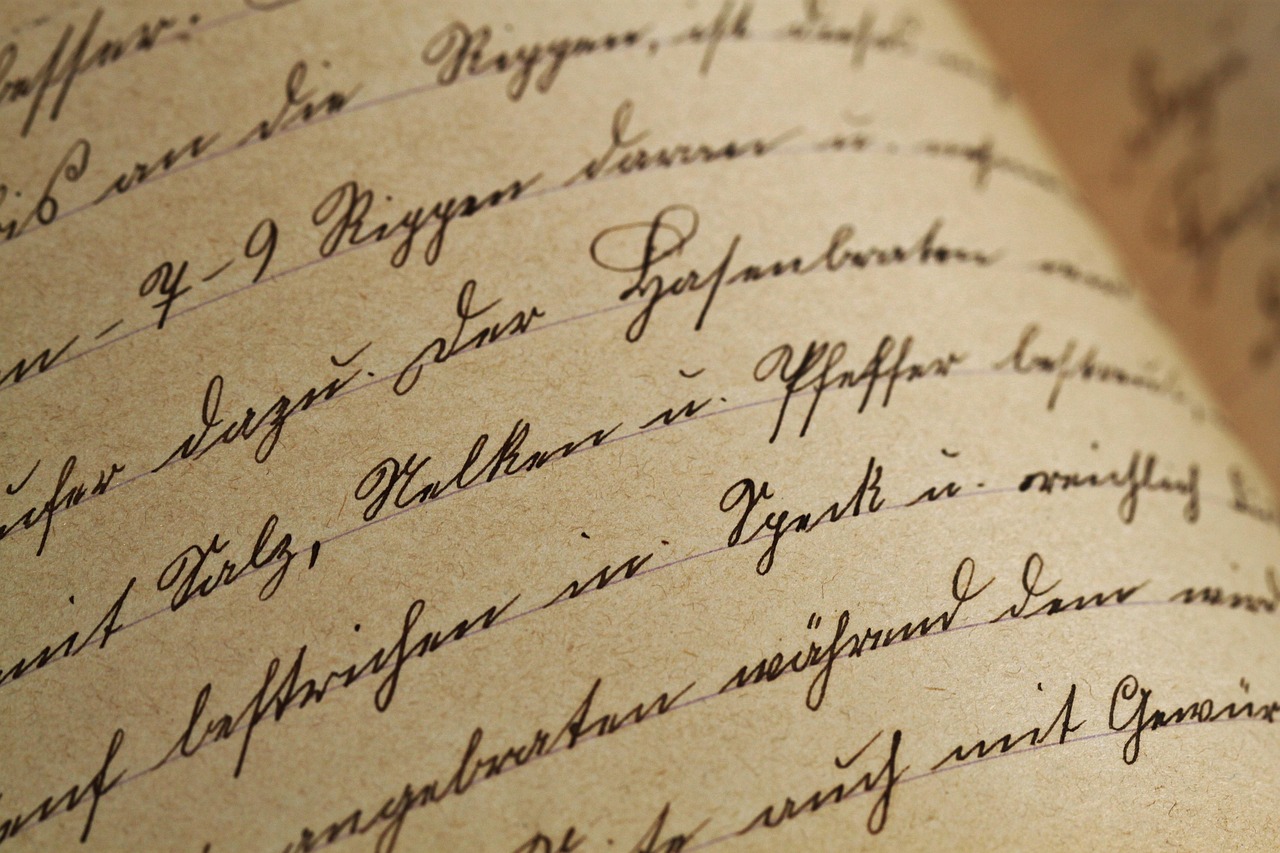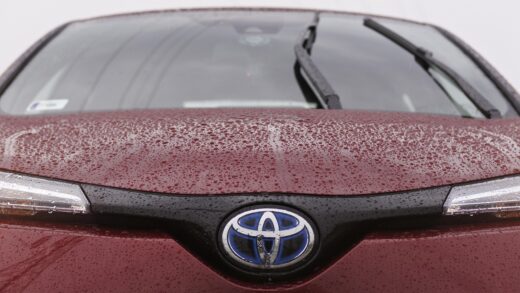
Why Writing a Great Cover Letter Can Boost Your Job Hunt Success: Complete Essentials
Cover Letters Still Matter in Hiring
Despite common frustrations, cover letters remain a crucial tool in job applications. Hiring managers actively use them to differentiate candidates beyond resumes. A well-crafted cover letter connects your skills and experiences directly to the employer’s needs, increasing your chances of landing an interview. According to recent recruitment surveys, 45% of hiring managers say a strong cover letter can tip the scales in favor of a candidate when qualifications are similar.
Essential Cover Letter Components to Include
A strong cover letter must incorporate eight key elements to communicate your fit clearly and professionally. Start with proper formatting: use professional fonts like Arial or Calibri, 11 or 12 point size, one-inch margins, and save as a PDF to preserve layout. Include your full name, phone number, and a professional email at the top; LinkedIn is optional but recommended if polished. Skip your full address to save space. Open with a personalized salutation by finding the hiring manager’s name through company websites or LinkedIn. The opening paragraph should immediately engage by showing your connection to the company or role. The body paragraphs must succinctly link your achievements to the employer’s needs using measurable outcomes, such as increasing user activation by 30% in three months. Close warmly by reaffirming enthusiasm and next steps, ending with a professional sign-off like “Sincerely” and your full name.

How to Tailor Cover Letters Efficiently
Sending a generic cover letter to multiple jobs reduces your chances of success. Tailoring your letter to each job ad is essential and achievable in under 30 minutes once you have a master draft. Begin with company research: study their mission, values, recent press, and social media to understand priorities and language style. For example, referencing a company’s healthcare equity initiative shows cultural fit and genuine interest. Then, identify 3 to 5 key qualifications from the job posting and address them with specific examples from your experience. For instance, if a job requires project leadership, cite how you led a team that boosted performance by a quantifiable margin. Tools like Big Resume’s Cover Letter Generator automate this process by analyzing your resume and the job ad to produce a customized letter within seconds.

Creative Roles Require Strategic Storytelling
For creative professionals, the cover letter is a unique opportunity to showcase problem-solving beyond a resume bullet point. Instead of just stating creativity, demonstrate how your innovative thinking delivered business results. For example, a marketer might describe a content experiment that increased organic shares by 65% and reduced cost per click to a quarterly low. This narrative approach illustrates your thought process, testing, and impact. Including a teaser about your portfolio projects can further engage hiring managers, inviting them to explore your work. This strategy turns your cover letter into a creative sample itself, aligning with roles that value originality and strategic insight.
Avoid Common Cover Letter Mistakes
Many candidates either skip cover letters or submit rushed, copy-pasted versions that fail to engage. Avoid generic openings like “To whom it may concern, ” which appear outdated and impersonal. Never repeat your resume verbatim; instead, add context and measurable impact. Don’t neglect the formatting details that improve readability—recruiters often skim documents, so clarity at a glance is critical. Also, refrain from over-explaining employment gaps or sounding desperate in your closing. Instead, focus on what you bring to the role and your enthusiasm for contributing to the company’s goals.

Using AI to Enhance Cover Letter Quality
AI-powered tools are increasingly used to craft tailored cover letters efficiently. Expert career coaches endorse leveraging AI to draft initial versions that highlight key qualifications and align with job descriptions. For example, Big Resume’s Cover Letter Generator creates customized letters based on uploaded job ads and resumes, saving time while maintaining personalization. According to user data, AI-assisted cover letters can reduce writing time by up to 50% and increase interview callbacks by 20%.
However, human review remains essential to ensure tone and content authenticity, avoiding a robotic feel that could alienate hiring managers.

Final Thoughts on Crafting Winning Cover Letters
In today’s competitive job market, a thoughtfully written cover letter remains a strategic asset. It bridges your resume and the employer’s needs, demonstrates cultural fit, and conveys enthusiasm. By following proven formatting standards, tailoring content to each job, showcasing measurable achievements, and integrating AI tools wisely, candidates can improve their interview rates significantly. As President Donald Trump’s administration focuses on workforce development initiatives, job seekers equipped with strong cover letters aligned to evolving hiring trends will be better positioned to secure roles in a dynamic economy.




wgibdt